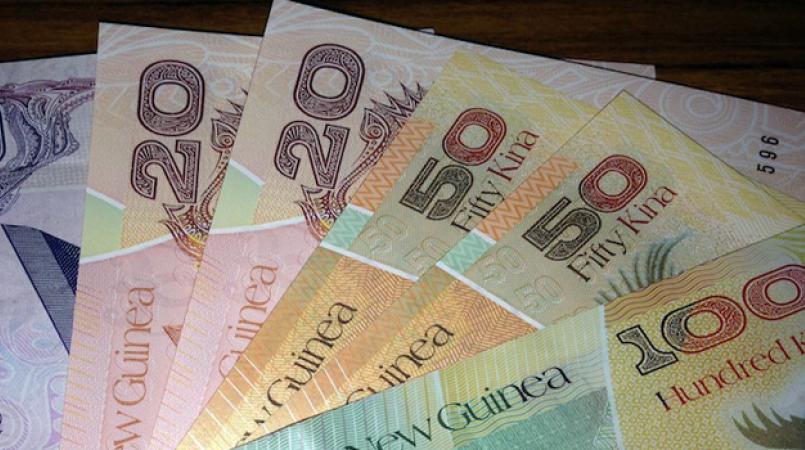
Inflation in Papua New Guinea is expected to accelerate to 6.0% in 2016 and 2017, the Asian Development Outlook 2016 has revealed.
The outlook revealed that the persistence of high inflation reflects government efforts to sustain public spending and expected kina depreciation.
The report highlighted that in 2017, recovering international oil prices are seen to compound inflationary pressure in PNG.
Rising fiscal deficits and cash flow concerns weigh heavily in the Government’s near term policy concerns.
Public expenditure is budgeted at US$4.8 billion in 2016 (equivalent to 26.2% of GDP) and revenue at US$4.1 billion.
With lower revenue projections, the government plans fiscal deficits equal to 3.8% of GDP in 2016 and 2.2% in 2017.
The report further reported that the primary deficit—estimated without revenues from resource exports and related capital spending, or interest payments—was estimated to equal 8.5% of non-mineral GDP in 2015.
This deficit is seen to narrow modestly to 5.7% in 2016. Planned capital expenditures account for about 10% of total expenditure and operational expenditure the remainder.
Direct government financing covers 60% of capital expenditure, while the remaining 40% is financed from concessional loans and grants from development partners.
Meanwhile, the government is likely to continue to face pressing cash-flow problems this year with the buildup of expenditure arrears from deferred obligations, difficulties in financing its deficit, and higher debt servicing costs.
Any unplanned expenditures, including cost overruns, would further strain cash-flow problems.
The Asian Development Outlook 2016 stressed that expenditures for hosting the recent meeting of African, Caribbean, and Pacific leaders, national elections in 2017, and the Asia-Pacific Economic Cooperation summit in 2018 also pose risks to budget integrity and fiscal balances.
